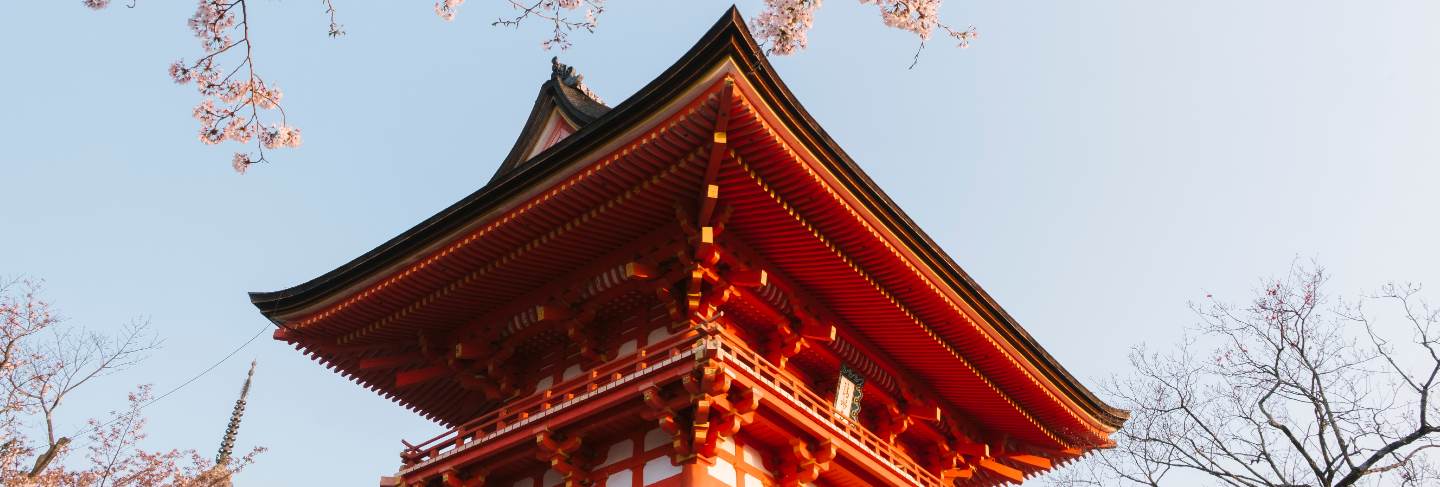Do US citizens need a visa for Japan?
By support@click2visas.com
5 years
Introduction
For the first or even the twenty-seventh time, Americans visiting Japan may find a few surprises waiting for them at immigration. Like the USA, Japan needs all international tourists to search and pose for a photograph and scan their fingerprints. The requirement for the tourist visa to see the cherry blossoms in Tokyo or the Kyoto temples are reasonable and affordable, though. US people are eligible for a tourist visa up to 90 days upon arrival in Japan. There is no surcharge. The only criteria are to have a valid passport and proof of departure for the period of your stay, but the latter is not always reviewed.

In advance, Do US citizens need a visa for Japan?
The only time US citizens need a visa for japan needs to apply for a Japanese visa in advance of their visit to a consulate or embassy is if they are planning to take part in paid work or do business in the country. Visa criteria differ depending on the type of job, but applicants typically send their university degree, license or credential, curriculum vitae, photographs, passport copies, and an application to their Japanese employer months in advance, who will apply it to immigration locally and request a Certificate of Approval (COE).
This COE will be returned back to you in the United States, where you can show it to a Japanese consulate or embassy in person along with an invoice, visa application, photo, and passport valid for a minimum of six months. If you do not reside next to one or are unable to visit outside regular business hours, you can use your representative.
Furthermore, because many work visas are issued in Japan for just one year, it’s better to renew the passport before requesting for a COE and visa – it’s definitely possible to renew your passport at a US embassy or Consulate in Japan, but it would also entail a second visit to an immigration office to move your old visa to the new.
Use your American Passport in Japan?
Although it must come as no surprise that you will need to show your passport as hotel identification or use the Japan Rail Pass, there are some local laws that US people should be aware of. Everyone in Japan who is a non-Japanese citizen is always expected to have identification on them, but not always enforced. This means a valid Tourist Passport and a Resident Zairyu Card.
Police in the major city like Tokyo and Osaka understand reasonably when it comes to international visitors not having their passports at all times, but they do have the right to detain and arrest them for doing so. Tokyo Marathon runners take note of it.
What if I want to stay for more than three months in Tokyo?
Assuming that you do so on a tourist visa, many tourists want to make a visa run by spending one or two days in China or Korea the south before coming back to Japan. Both countries Can be reached by sea or land and allow a “new” three-month visa from US citizens to come to Japan.
Japan immigration has been cracking down on this activity in recent years to avoid the return of those who are employed illegally. However, you should be able to extend your stay in Japan unless your passport indicates a strong visa pattern runs.
What do I do while I’m in Japan?
You mark it. Anthony Bourdain has proclaimed Tokyo his preferred city. Temples and sanctuaries are numerous. Robots dance between Shinjuku’s bright lights. Hot springs offer relaxation after a long day of travel. Do not miss the cherry blossoms – the best time to visit is April.
Do US citizens need a visa for Japan? What is the process?
It is quite simple to complete the request. Please follow the below steps carefully:
1. Choose the departure and arrival country, select the required visa type, enter your name, and click ‘CLICK TO START.’
2. Verify the visa fee and terms and conditions on the next page.
3. On the third page, enter your basic details in the respective field and upload the necessary documents (you can upload the documents in a later stage also).
4. After that, review and confirmed the information of your application form, then proceed with the payment. We support all types of cards for payment.
5. You will receive the invoice and a confirmation mail with a link in your registered email id.
6. Click the link and complete the remaining form (you can also upload the document in this stage) and submit it for processing.
7. Once the visa process is completed, click2visas will send your visa related documents to your email.
8. Based on your Consulate’s application procedure, you can submit and collect the visa application by visit or Mail. You will be notified by the Consulate about the decision made to your application.
Arrival & Exit:
- For tourist and business “visa-free” stays of up to 90 days, you must have a valid passport and an on / return ticket. The passport should have to be valid for the entire time you reside in Japan.
- You cannot operate on the “visa-free” application for 90 days.
- “Visa-free” entry status cannot change without departure to another visa status and then re-enter Japan with the required visa, such as a partner, job, or research visa.
- If you appeared to have no visible means of supporting, Japanese immigration officers could deny you entry.
- Fingerprint scans must be issued by all foreign nationals and recorded at the port of entry. Exceptions to this provision include diplomatic and official visa holders, minors, and persons protected by SOFA Article IX.2. Please visit the Japan Immigration Bureau website for more information on landing procedures.
- Make sure you have a valid passport. Occasionally, Japanese immigration meets U.S. travelers’ seeking to reach Japan on a passport that had been reported missing or stolen and refuses those travelers’ access. In several of these cases, the U.S. citizen traveler says they fly on a passport they had previously lost and registered as lost or stolen, but later recovered and used for the fly. If you have lost or stolen your passport, you must apply for a new passport in advance of travel.

Transiting Japan:
Before you leave the United States, make sure your passport and visa are valid and up to date. There are no Passport facilities at the airport.
Japanese airlines may refuse to board you for transit if you do not have the necessary travel documents for an onward location in Asia or if your passport has no six months of validity.
Medical Information:
- We are not paying medical costs. Know that the U.S. Does not extend Medicare abroad.
- Medical insurance: Ensure that your health insurance plan offers coverage outside the country. Many treatment providers abroad accept cash, only fees. For more information on insurance policies for coverage abroad, see our website.
- For emergency evacuation, we highly suggest supplementary insurance.
- If you are flying with prescript medication, check with the Japan Ministry of Health website government to confirm the medicine is legal in Japan; possession, use, or importation of a prescription drug that is illegal in Japan can result in arrest and criminal prosecution. Still, bring your prescription drug and your doctor’s order in their original packaging. U.S. prescriptions are not met in Japan, but if you require continuing prescription drugs, you should arrive with enough or ample stock for your stay in Japan before you can see a local health care provider.
- Vaccines: Keep updated with all U.S. approved vaccines. Disease management and prevention centers.
- Japan has a comprehensive health care scheme that is only available for certain foreigners with long-term Japanese visas. There is no universal health insurance that provides for emergency evacuation. Medical caregivers in Japan need complete payment at the time of service or clear evidence of willingness to pay before treating a foreigner who is not a member of the national health insurance scheme.




